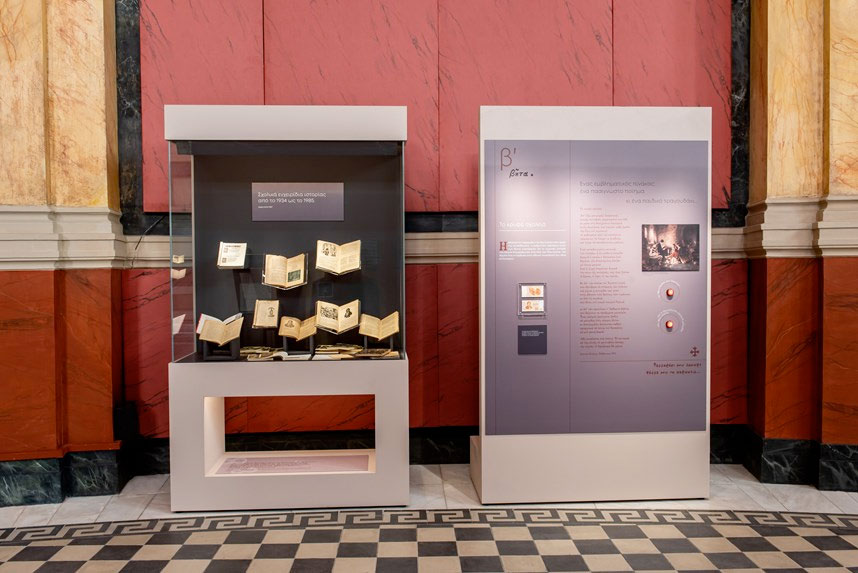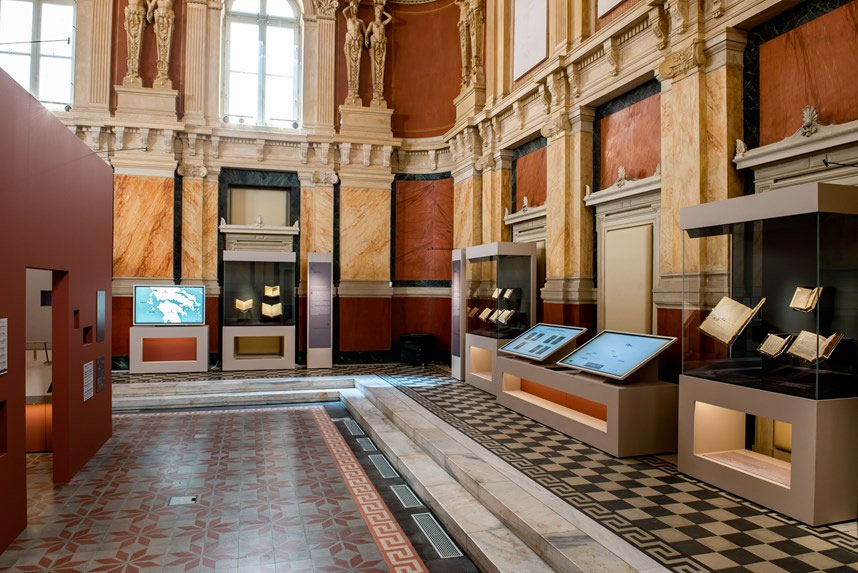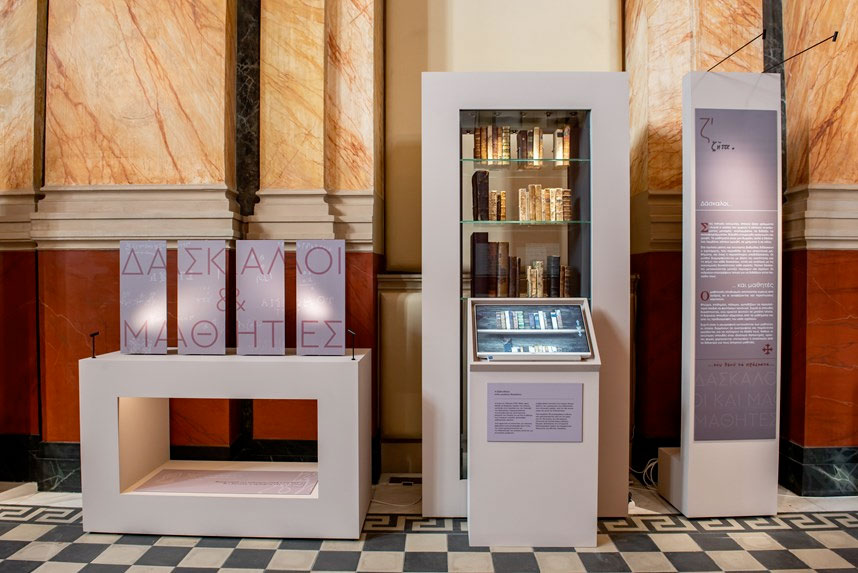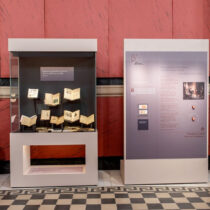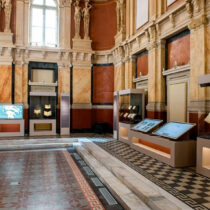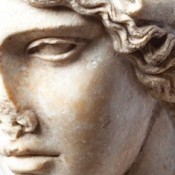How did the Greeks learn to read and write after the fall of the Byzantine Empire? How did they manage to preserve not only their language but also Greek education, during the four centuries of Ottoman rule? What do we know about the thousands of anonymous priests and teachers and their students who learned the “kolyvogrammata”(minimum letters)? What were the “mathemataria”? In which areas did great cultural centers flourish, being the alma mater of great thinkers and educators? And finally, how did education nurture the idea of the struggle for freedom?
Selected exhibits and contemporary interactive applications will attempt to provide answers to this essential but little-known aspect of Greek education before the Revolution of 1821. The exhibition “How did the Greeks Learn ‘Letters’ from the Fall to the Revolution (1453-1821)” invites us to learn to read by spelling out familiar prayers; leaf through school textbooks and decipher the unknown to us “mathemataria”; to discover unknown aspects of school life; to explore a map of schools across the Hellenic world; to do physics experiments, and finally to write our own name like the students of those times did.
For the first time, the National Bank Cultural Foundation opens the treasures of its Center for History and Palaeography, which are presented next to rare books from the most important libraries of Greece. At the same time, visitors will have the opportunity to discover an emblematic building of Athens hosting the exhibition: the renovated historic building of the old Stock Exchange (1 Pesmazoglou str.), which Charilaos Trikoupis included in the reconstruction program of the modern Greek State.
Exhibition duration: April 13– June 30, 2022.
Opening hours: Monday-Sunday, 10:00-18:00 (except public holidays: Easter, 1-2 May, 12-13 June).
Free entrance
